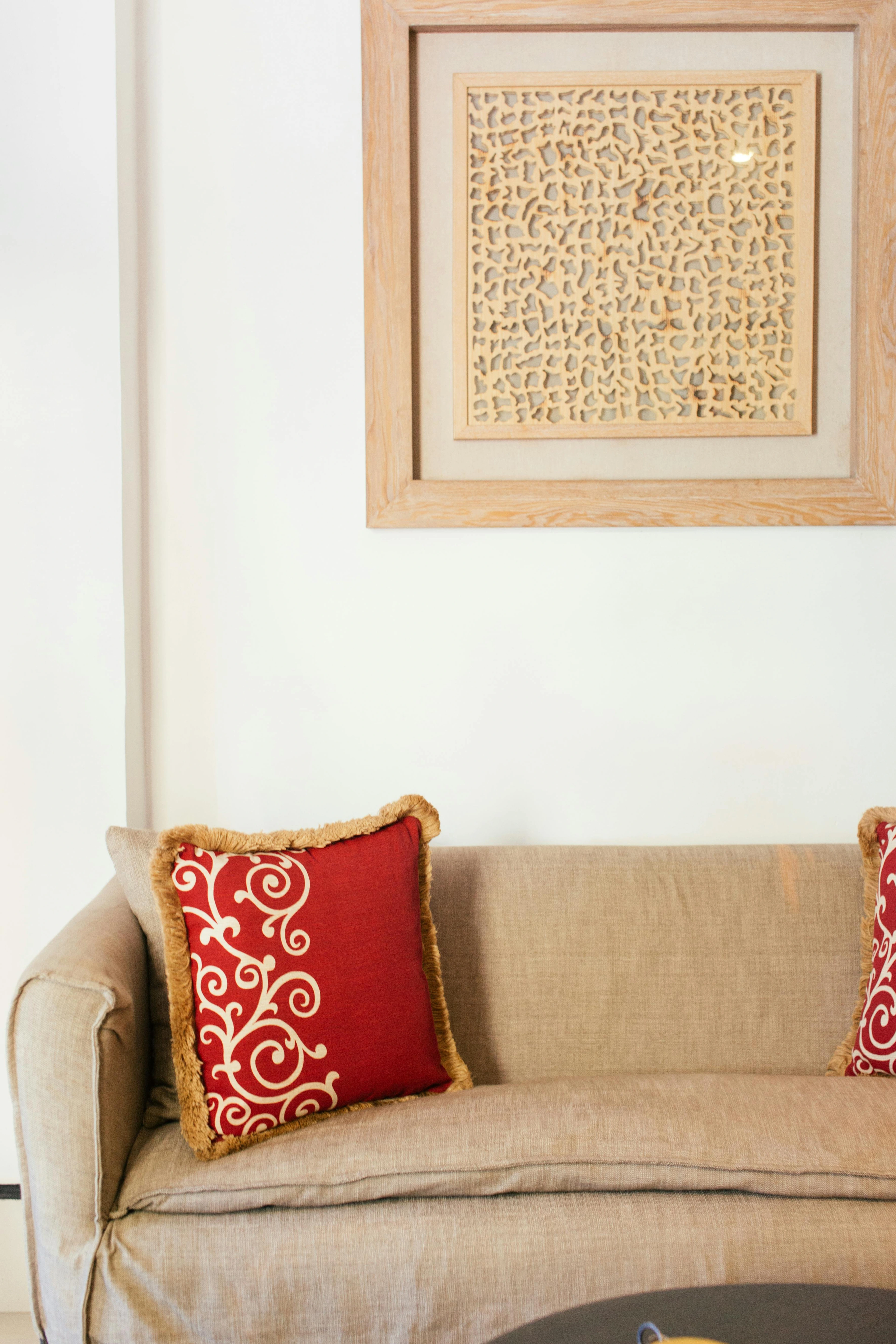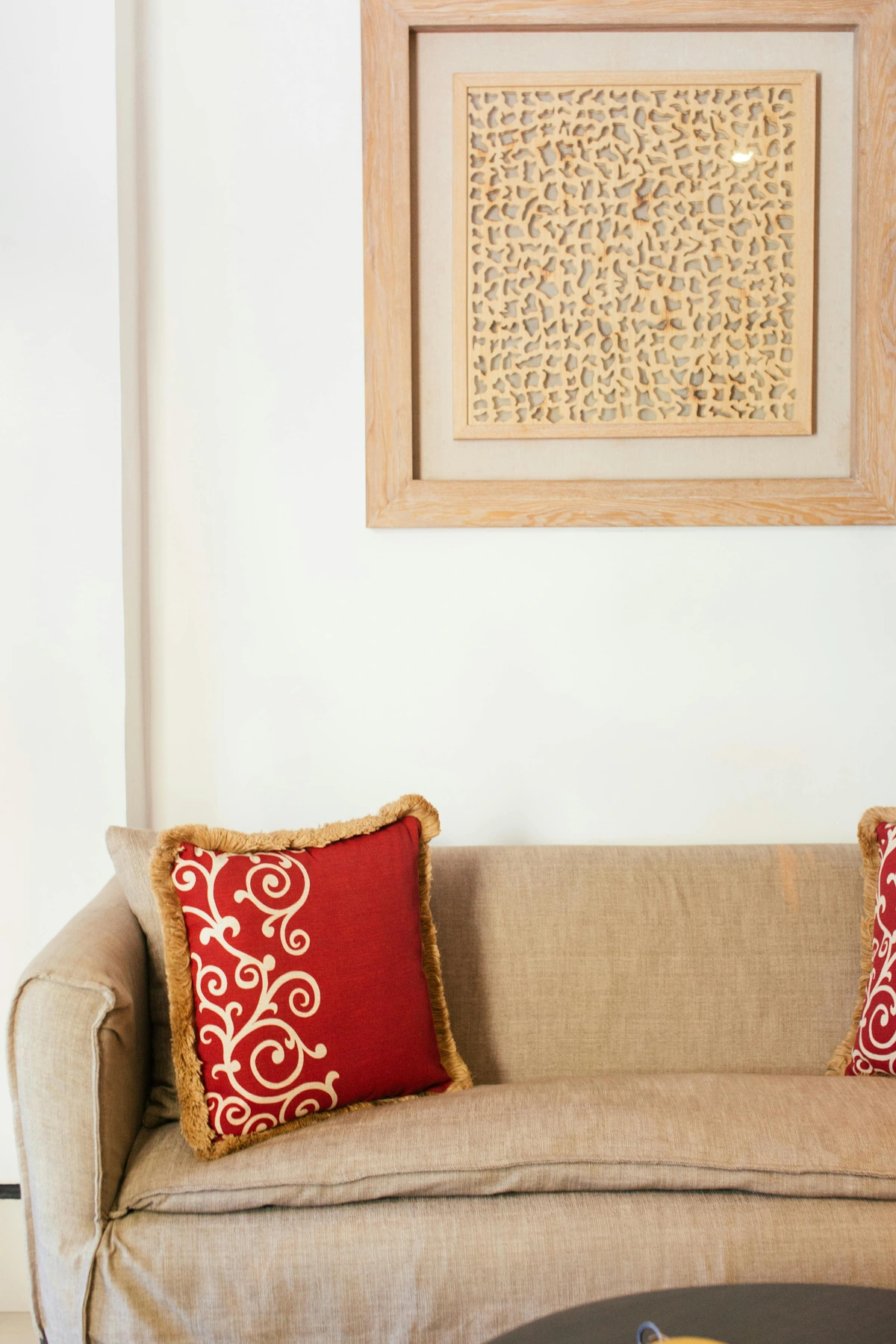
How to Hang Art on Brick Walls: My Journey to Master the Masonry
Don't let brick walls intimidate your art display dreams! I share my personal journey and practical tips for securely and beautifully hanging art on brick, from simple hooks to drilling techniques.
How to Hang Art on Brick Walls: My Journey to Master the Masonry Walls, Finally. I Think. Maybe.
Oh, brick walls. Aren't they just magnificent? The raw texture, the whispers of history in every jagged edge and mortar line, that undeniable presence they bring to a room. For ages, though, whenever I moved into a place with exposed brick, my interior design brain would freeze solid. "How in the world do I hang anything on that without bringing the whole house down?" I'd ask myself, usually to the silent judgment of a cat who'd seen too many of my decorating dilemmas. It felt like an impossible summit, a Mount Everest of home decor standing stubbornly between me and a beautifully adorned space. I mean, my entire passion is about decorating your home with art, and suddenly, this incredible architectural feature felt like a giant, unmovable blocker.
But, as with most things in life, a formidable challenge often becomes your greatest teacher. And boy, did I learn. So, if you're standing there, admiring that exposed brick in your living room, picturing a stunning abstract piece commanding attention, but feeling utterly bewildered about the 'how-to,' then welcome, friend. You've stumbled into my little corner of dusty discoveries. I'm going to guide you through my personal journey of trial and error, the scraped knuckles, and the eventual, glorious triumph of getting art securely onto brick, without, you know, needing an architect on speed dial.
The Charm and the Conundrum: Why Brick is Different
Unlike a nice, obliging drywall where a simple nail often suffices – bless its plasterboard heart – brick is a whole other beast. It's not just about its hardness, which is formidable, but also its surprising porosity and sometimes crumbly nature. Then there's the mortar, that often-misunderstood filler, which can range from soft and sandy to rock-hard, sometimes even harder than the bricks themselves. It's an unpredictable, non-uniform surface, a tapestry of varying densities, which means you absolutely cannot just "wing it." My first, ill-fated attempt involved a regular household hammer and a picture hook that looked suspiciously like it belonged in a dollhouse. The result? A rather pathetic lean against the wall, looking less like a curated statement and more like a gravity-defying act that was about to lose. Ah, the lessons learned through mild public embarrassment!
My Go-To Methods (and When I Use Them)
Over time, I've developed a few trusted strategies, each suited to different situations and different levels of commitment (and nerve!).
0. The Barely-There Option: Adhesive Strips and Command Hooks
Okay, before we even think about touching a drill or a hammer, let's talk about the absolute lowest-commitment option out there: adhesive strips and command hooks. Now, I know what you're thinking: "On brick?" And you're right to be skeptical. These are definitely for the feather-light pieces – think small unframed prints, postcards, garlands, or even tiny canvas panels. They adhere best to smoother, less porous brick surfaces, and definitely need a clean, dry area. They're not for anything substantial, and I use them sparingly, mostly for temporary displays or when I want to see how a small piece feels in a spot before committing. But for those moments when you just need a little something-something without any fuss, they can be a surprising little helper. Just be realistic about their weight limits, please, for the sake of your precious art!
1. The Low-Commitment Lifesaver: Mortar Hooks
For those feather-light pieces, charming small frames, or sweet little decorative touches that just need a perch, mortar hooks are an absolute revelation. These ingenious little gadgets are designed to slot directly and snugly into the mortar lines between your bricks. The magic? Absolutely no drilling, no fuss, and minimal, easily repairable damage if you decide to rearrange. I've found them invaluable for creating a harmonious gallery wall with mixed media art where I'm mixing in lighter elements. While they are definitely not for your heavy, substantial artworks (please, don't try it!), for that delicate botanical print, a cherished photograph, or a lightweight canvas, they are utterly perfect. It's my undeniable go-to for those days when I'm craving impact with the least amount of effort – which, if we're being honest, is more often than I'd like to admit!
2. The Mid-Tier Marvel: Drilling into Mortar
For most of my artwork on brick, this is my sweet spot, my trusty middle ground. Why aim for the mortar and not the brick itself? Well, a little secret: the mortar is almost always softer and far more obliging to a drill bit. This translates to less wear and tear on your precious bits, and a significantly reduced chance of accidentally cracking a beautiful brick (a nightmare scenario, trust me). Plus, if your design sensibilities shift and you decide to move things around – because, let's be real, that happens – repairing a small, discreet hole in the mortar is infinitely less noticeable than trying to patch up a divot in a brick face. It's a step up in commitment from mortar hooks, yes, but still remarkably forgiving. This method is absolutely fantastic for securely hanging that statement art above the sofa or that bold piece that you know needs to be the focal point of the room. Just remember to choose a masonry bit that matches the size of your wall anchor for a snug fit!

https://images.pexels.com/photos/6127442/pexels-photo-6127442.jpeg, https://creativecommons.org/public-domain/
3. The Heavy-Duty Hero: Drilling into Brick
Alright, my friends, for those truly monumental pieces, the ones that demand a steadfast anchor, or when those pesky mortar lines simply aren't where you need them to be (because, isn't that just life?), sometimes you just have to brace yourself and go straight for the brick. This, undoubtedly, is the most secure method for very heavy artworks, and it demands not just a bit more muscle, but absolutely the right tools. I vividly recall one particular brick, glaring back at me, feeling like David facing Goliath, but armed with the correct hammer drill and a high-quality masonry bit, it eventually, grudgingly, yielded. It’s a bigger commitment, I won't lie, but the peace of mind knowing your treasured piece isn't going anywhere? Priceless. Just remember those safety glasses and dust mask – brick dust gets everywhere and is not your friend!
4. The Elegant Alternative: Picture Rail Systems
Sometimes, the answer isn't about how to drill into brick, but how to avoid it altogether, especially if you live in a historical home or just hate making permanent marks. Enter the picture rail system! These ingenious rails are typically installed just below the ceiling (sometimes in the mortar, or into a wooden stud if available) and allow you to hang art using adjustable hooks and cords. It's a classic, elegant solution that offers incredible flexibility. I adore this method for homes with a more traditional or eclectic aesthetic, or for those who love to frequently rotate their art collection. It keeps your brick walls pristine and gives you the freedom to play without commitment. It's like having a revolving gallery on tap!
5. The Clever Concealers: Leaning and Shelving
Sometimes, the best way to hang art on a brick wall is to not hang it at all. Hear me out! Leaning larger canvases directly against the wall, either on the floor or on a sturdy console or shelf, can create an effortlessly cool, industrial vibe. It's a fantastic way to mix and match different art styles and adds a wonderfully casual, lived-in feel. For smaller pieces, a floating shelf directly on the brick (using method 2 or 3 to install the shelf brackets) offers flexibility, allowing you to move and rearrange art to your heart's content without making new holes.
The Tools I've Come to Trust (and the Ones I Wished I Had Sooner)
No matter which drilling method you choose, having the right gear makes all the difference. My early attempts were often frustrated by inadequate tools, leading to chipped bricks and bruised egos. Don't be like early me.
- Hammer Drill: If you're going into brick (or even tough mortar), this is your best friend. A regular drill just won't cut it efficiently. It pulverizes the material as it spins, making drilling much easier. Trust me on this. It's an investment, but worth it if you have a lot of brick.
- Masonry Drill Bits: These bits are specifically designed to chew through brick and mortar. They have a hardened, often carbide, tip. Make sure you get the right size for your wall anchors.
- Wall Anchors/Plugs: Once you drill a hole, you need something for the screw to bite into. Plastic or metal wall anchors, appropriate for masonry, are essential.
- Measuring Tape, Pencil, Level: For obvious reasons. Precision is key, unless you're going for a delightfully crooked look (which, sometimes, I am).
- Dust Mask & Safety Glasses: Seriously, brick dust gets everywhere. Protect your lungs and your eyes.
- Vacuum Cleaner: For immediate clean-up. You'll thank yourself later.
My Step-by-Step for Drilling (Into Mortar or Brick)
Okay, deep breaths. It's not as scary as it sounds. This is the process I've honed over several
Maintaining Your Masterpiece on Masonry
So, you've done the hard work, hung your art beautifully, and your brick wall is now looking fabulous. High five! But your journey doesn't end there. Just like any good relationship, a little maintenance goes a long way. I make it a habit to periodically check the security of my hung pieces, especially if they're on mortar hooks or adhesive strips – a quick, gentle tug to make sure everything is still snug. Humidity and temperature changes can sometimes affect anchors, so a seasonal check is a smart move. And while brick walls are wonderfully robust, a little dust can accumulate around the edges of frames. A soft, dry cloth is usually all you need for a quick tidy-up. If you ever need to remove a piece for cleaning or redecorating, take your time and follow the removal instructions for your specific hardware. The goal is to keep your art and your wall looking their best for years to come, without any unexpected tumbles!
Final Thoughts: Embrace the Brick!
Phew! We've made it to the end of our brick wall art-hanging adventure. I know it might seem a little daunting at first, staring down that gorgeous but unyielding surface. But remember my journey: from analysis paralysis and flimsy hooks to a confident decorator who now (mostly) knows her way around a hammer drill. It's about respecting the material, choosing the right method for your art and your wall, and not being afraid to learn as you go. So, take a deep breath, gather your tools, and unleash your inner decorator. That exposed brick isn't a blocker; it's a beautiful canvas waiting for your touch. Go forth and adorn those masonry masterpieces – you've got this!




